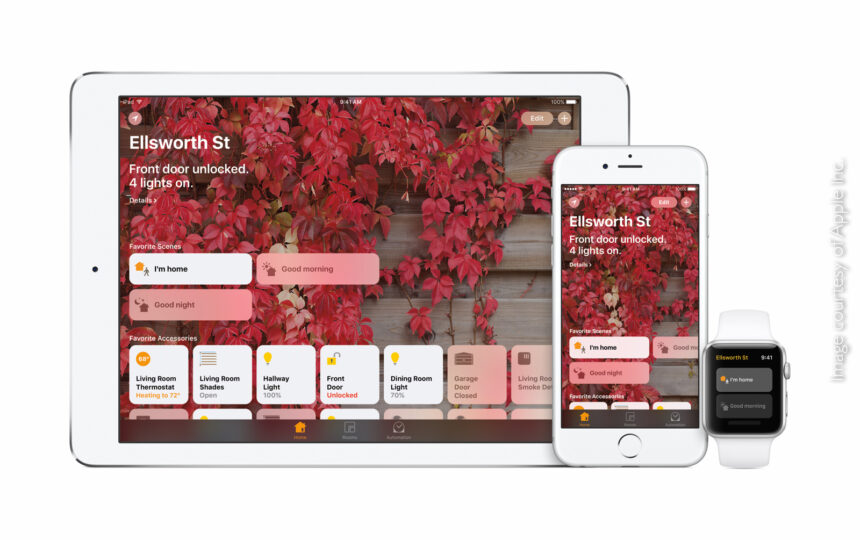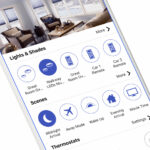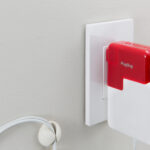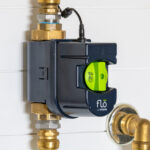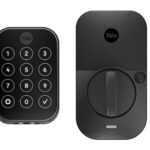It has been two years since Apple first announced the development of HomeKit—their entry into the realm of smart-home automation and integration—at their 2014 Worldwide Developers Conference (WWDC). The first public release of HomeKit appeared in iOS 8.1, and third-party products supporting it—such as the iDevices Switch and the Lutron Caséta Wireless devices—began appearing in the smart-home marketplace in late 2015. But conspicuously absent from both iOS 8 and the current iOS 9 was the presence of a bona fide HomeKit app, as Apple has been relying entirely on disparate apps from third-party providers developing products under the Works with Apple HomeKit program. By the way, Apple refers to these third-party smart-home products as accessories.
That all changes in iOS 10, a major upgrade to Apple’s mobile operating system for their family of iPhones, iPads, and iPods announced at the recent 2016 edition of WWDC. For the first time, there will be a native Home app, which can be launched from the home screen or through Siri voice commands. The upshot of this HomeKit upgrade—set to be released later in 2016—will be a holistic, all-in-one home automation console, and may be Apple’s first serious threat to the emerging dominance of competing smart-home automation platforms and apps, such as those from Alphabet’s Nest Labs, Samsung SmartThings, Wink, and others.
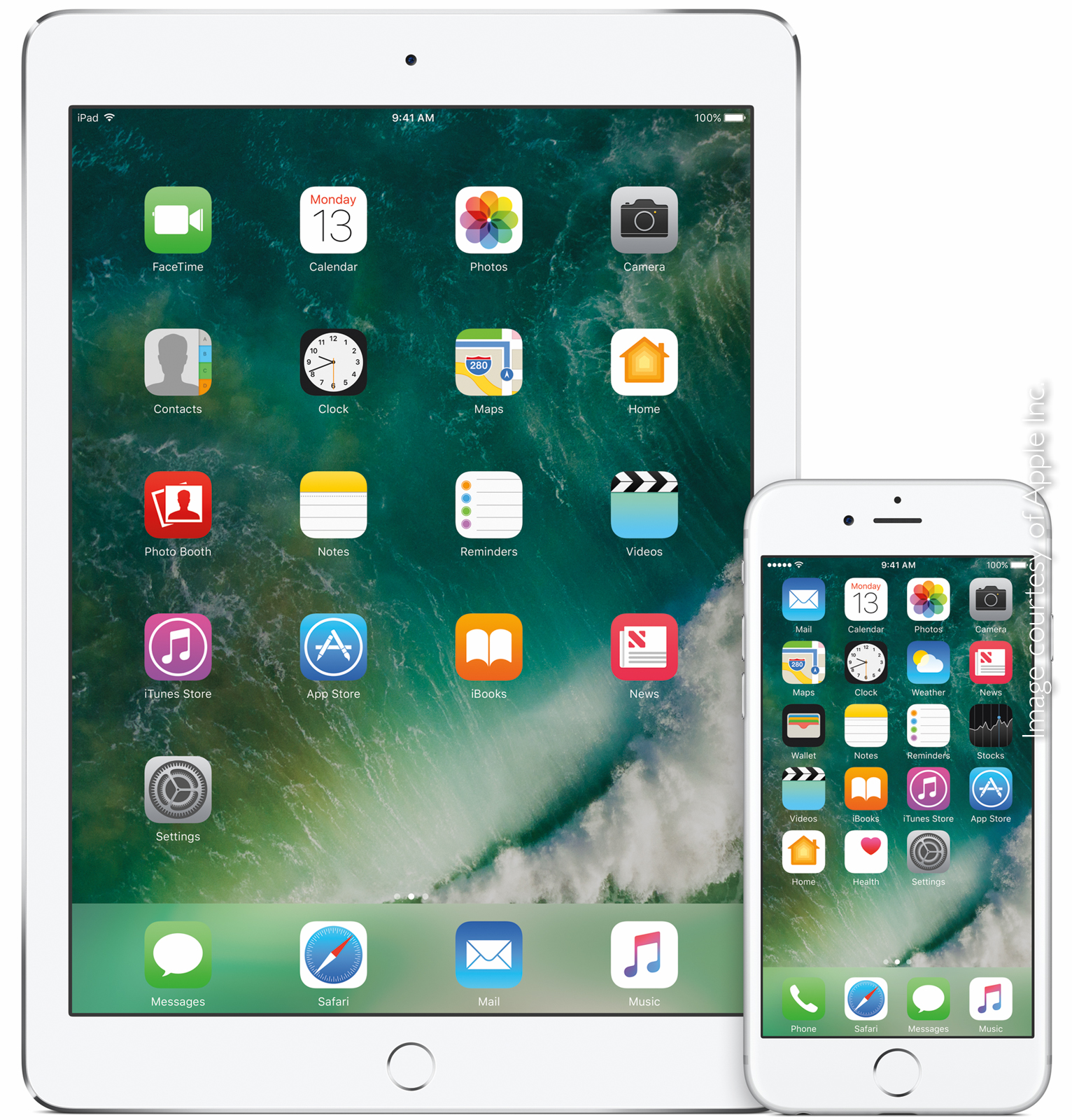
Among the new or upgraded features resulting from this deeper integration of HomeKit in iOS 10:
- The native Home app to enable managing and controlling of the selected home location in one place (HomeKit enables configuration of multiple home locations—for example, a primary residence and a vacation home)
- Three main tabs, including Home, Rooms, and Automation
- Display of notifications based on the status of accessories
- Management of accessories individually, or grouping them into automated scenes so they can work together through a single gesture or single Siri voice command
- Management of accessories remotely, outside of the local home network
- Favorite Scenes buttons for activation of configured scenes and display of current status
- Favorite Accessories buttons for controlling individual accessory actions and display of current status
- Setting of automatic triggers to operate accessories based on time of day, location, or action
- Additional automation enabled through integration with apps of the Apple TV set-top box (which also gets a major software upgrade later this year, in the form of a new version of the tvOS).

In concert with this upcoming iOS 10 release, Apple also will be delivering a major software upgrade for the Apple Watch in the form of watchOS 3. Effective with the upgrade, there will be a native Home app on the Apple Watch for the first time, with many of the same capabilities as those available on iOS 10.
Apple says third-party support for HomeKit is expanding globally, and nearly 100 home automation products have been released so far in 2016, including thermostats, lights, window shades, door locks, video cameras, and more. We anticipate this flurry of products will likely escalate given this forthcoming release of the new Home app, which will literally be front and center on the screens of millions of iOS, watchOS, and tvOS devices. We will be testing these upcoming upgrades and products in our smart-home labs as they become available. Stay tuned.

